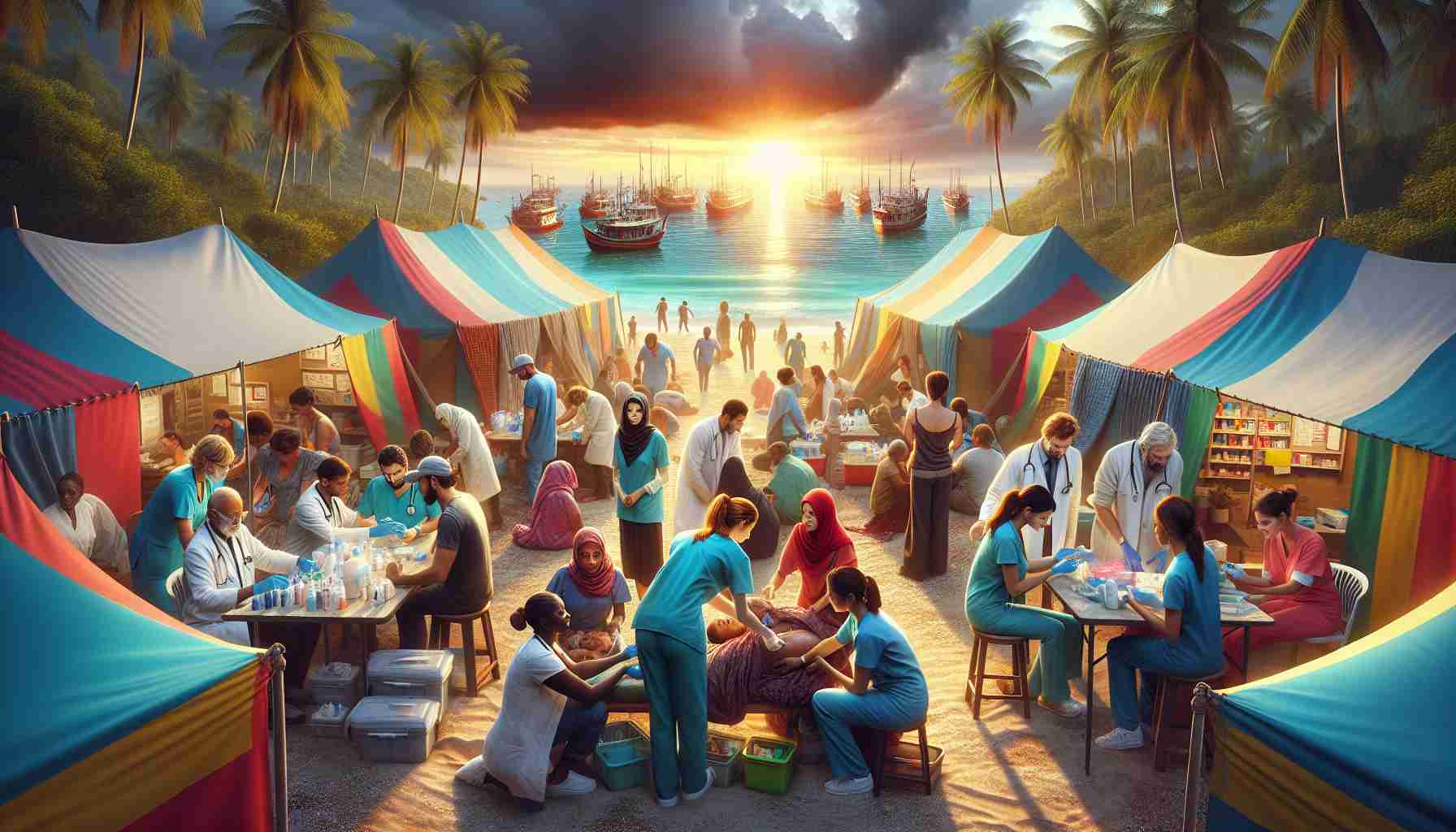
Healthcare Response to Rising Immigration in Island Communities
A surge in the arrival of migrants is anticipated in the coming months, prompting the reinforcement of healthcare personnel on the island.
The influx of nearly 1,500 migrants to El Hierro in the past week has come to a temporary halt as no migrant vessels have reached the island over the weekend and into Monday. Presently, four migrants are receiving care at the El Hierro Hospital, with 120 individuals being transferred to Tenerife by boat early today.
To address the ongoing migrant crisis, additional healthcare resources are set to be allocated to the island, as announced by Canarias President, Fernando Clavijo. The healthcare staff at Hospital Nuestra Señora de los Reyes has already been bolstered to provide necessary medical aid to migrants. While the current healthcare system is managing well, the decision to expand the medical team has been taken in anticipation of a rise in migrant numbers in the months ahead.
Over the weekend, 51 migrants from Syria and Pakistan arrived on El Hierro via a makeshift boat. This uncommon occurrence may become more frequent due to the challenging situations in their home countries and the obstacles along the Mediterranean Route. Despite the considerable distances refugees must travel from Pakistan (over 7,900 km) and Syria (over 5,000 km) to reach Mauritania before making the Atlantic crossing to the Canary Islands, some opt for this shorter, albeit riskier, route over the Mediterranean journey.
Healthcare Response to Rising Immigration in Island Communities
A surge in the arrival of migrants is anticipated in the coming months, prompting the reinforcement of healthcare personnel on the island. The recent influx of nearly 1,500 migrants to El Hierro highlights the ongoing challenges faced by island communities in managing the healthcare needs of new arrivals. As the situation continues to evolve, several important questions arise:
1. How is the healthcare system coping with the sudden increase in migrant arrivals?
– The current healthcare system appears to be managing well, but the decision to allocate additional resources signals a need to prepare for a potential surge in migrant numbers in the future.
2. What are the key challenges associated with providing healthcare to migrants on islands?
– Language barriers, cultural differences, and varying healthcare needs among migrants pose challenges for healthcare providers in delivering quality care. Additionally, ensuring continuity of care and access to specialized services can be problematic on remote islands.
3. What are the advantages and disadvantages of bolstering healthcare resources in response to rising immigration?
– Advantages include better access to medical care for migrants, improved community health outcomes, and enhanced preparedness for future emergency situations. However, challenges such as strain on existing healthcare infrastructure, increased costs, and potential tensions with local residents may arise.
In light of these questions, it is crucial to address the complexities of healthcare provision in island communities experiencing a significant influx of migrants. By enhancing collaboration between healthcare providers, government agencies, and community organizations, a more comprehensive response can be developed to meet the diverse healthcare needs of both migrants and residents.
For more information on healthcare responses to immigration in island communities, visit World Health Organization.